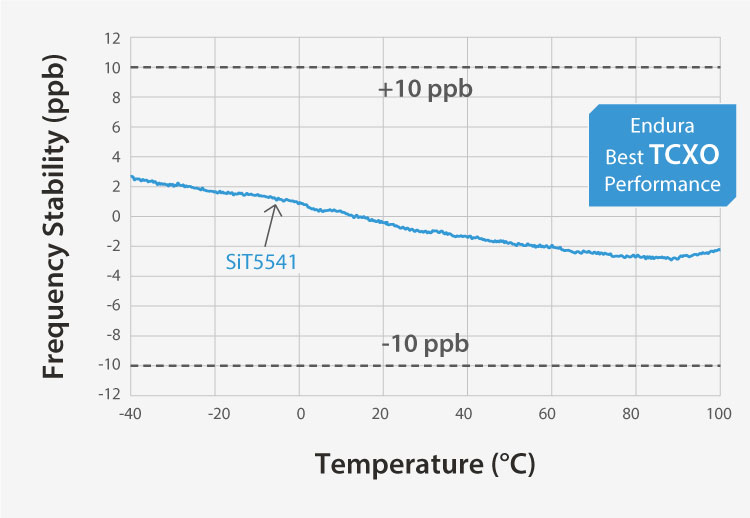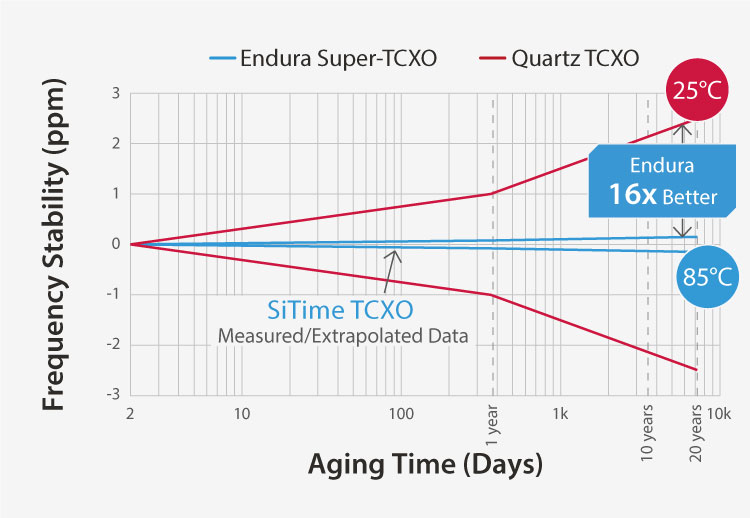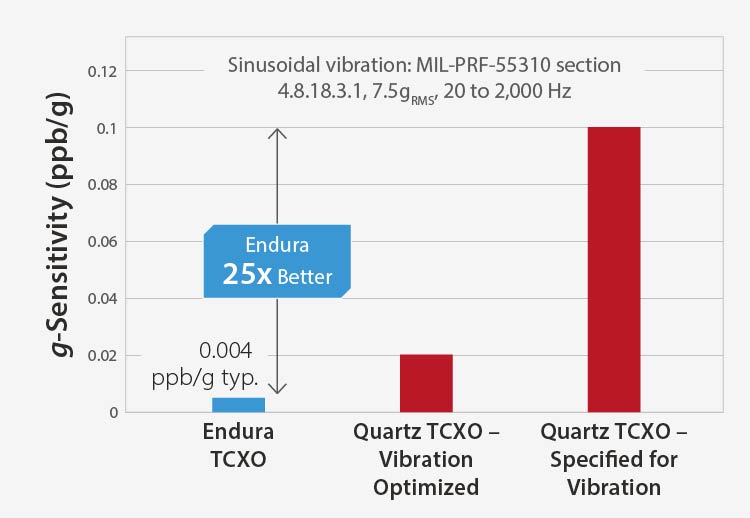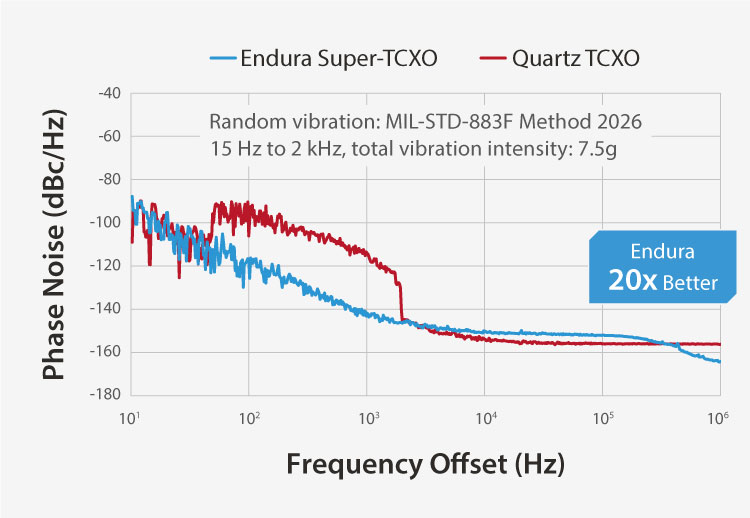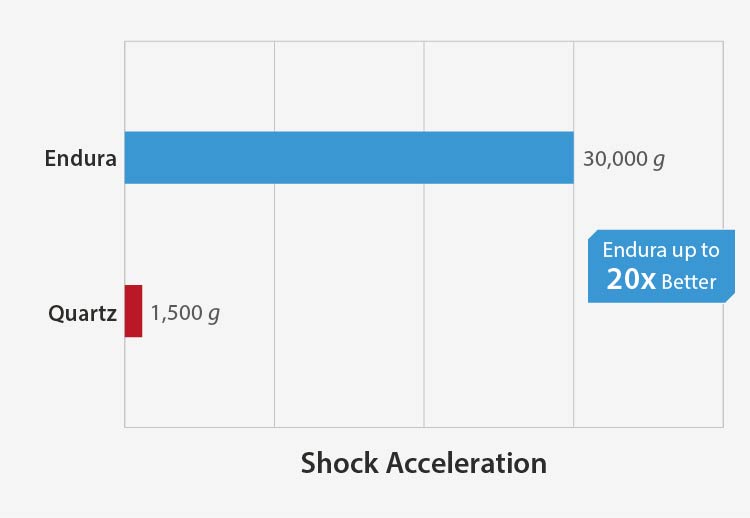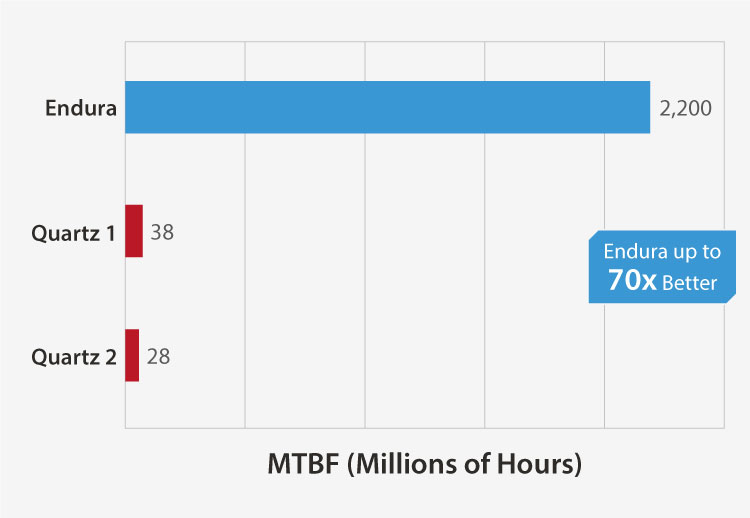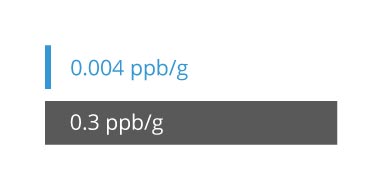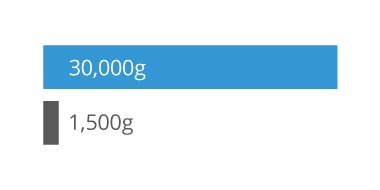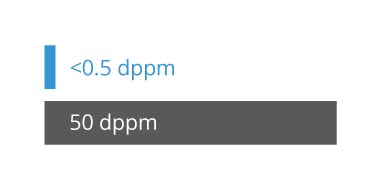Endura MEMS Timing for Land Vehicle Communications
| Devices | Frequency Stability | Function | Key Features |
|---|---|---|---|
|
Super-TCXOs
SiT5346 1 to 60 MHz
SiT5347 60 to 220 MHz
SiT5348 1 to 60 MHz
SiT5349 60 to 220 MHz
|
±0.1 to ±0.25 ±0.1 to ±0.25 ±0.05 ±0.05 |
Reference clock for baseband | 1 to 220 MHz, 0.004 ppb/g, ±100 ppb, ±1 ppb/°C |
|
Differential oscillators
SiT9346 1 to 220 MHz
SiT9347 220 to 725 MHz
|
±10 to ±50 | FPGA & processor clocking | 1 to 725 MHz, ±10 ppm, 0.1 ps RMS phase jitter |
|
Single ended oscillators
SiT8944 1 to 110 MHz
SiT8945 115 to 137 MHz
SiT2044 1 to 110 MHz
SiT2045 115 to 137 MHz
|
±20 to ±50 | FPGA & processor clocking | 1 to 137 MHz, ±20 ppm, -55°C to 125°C |


